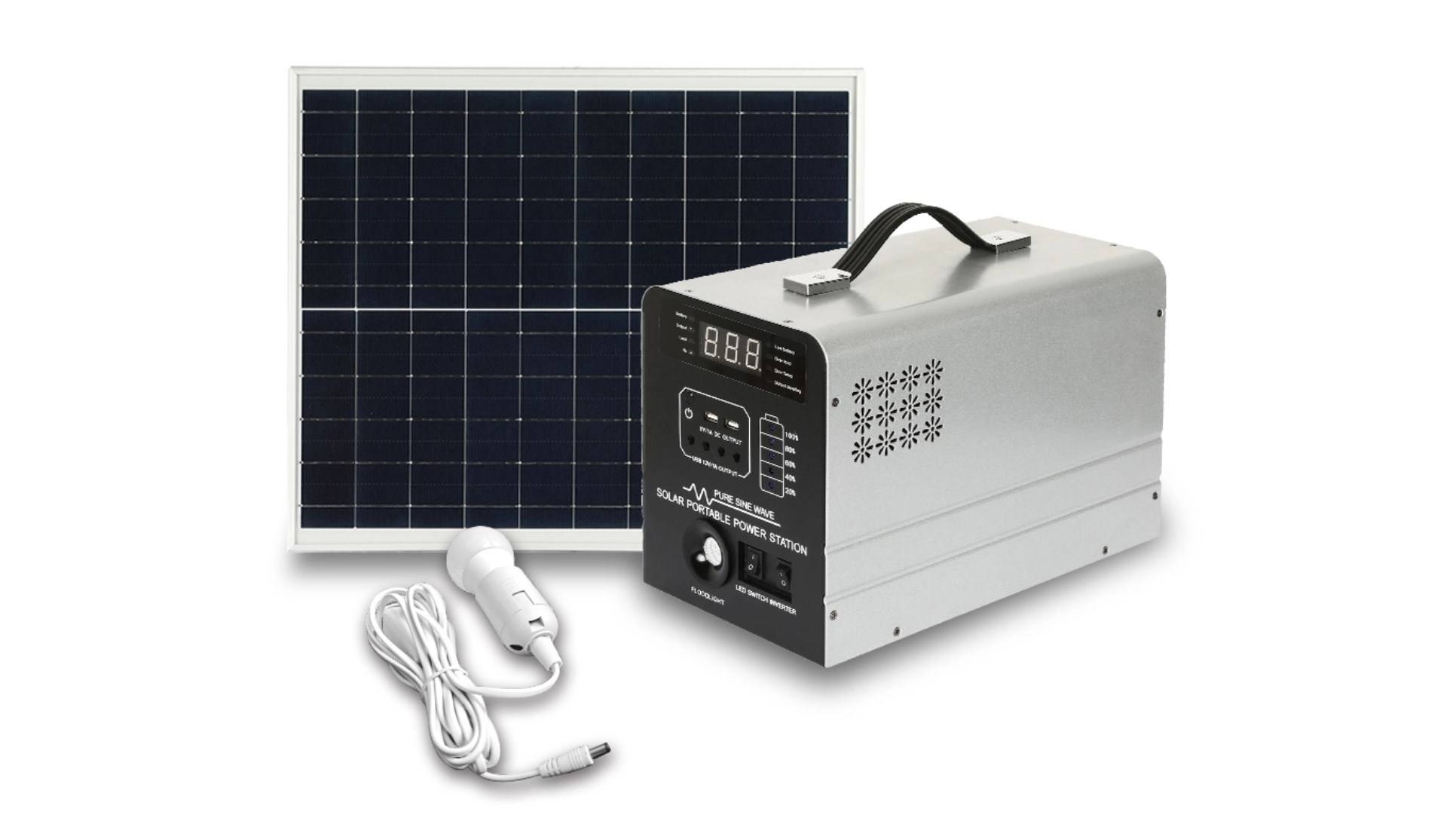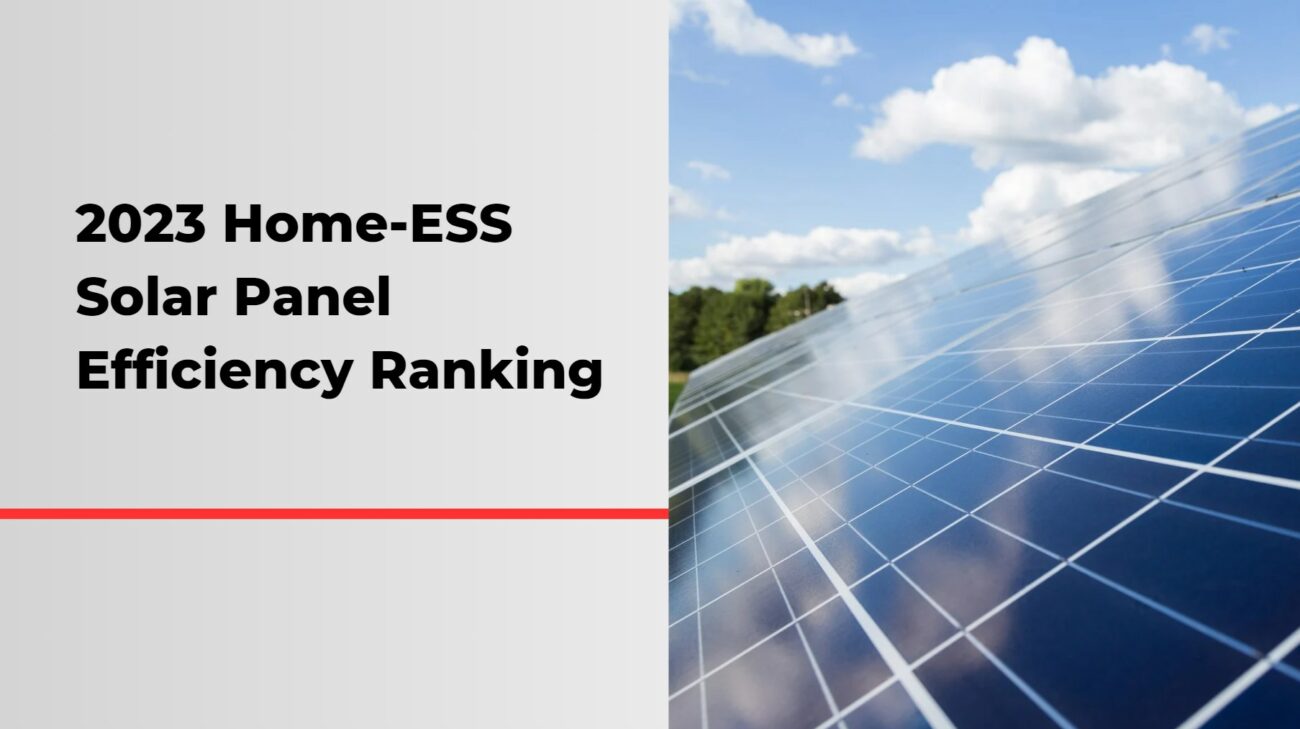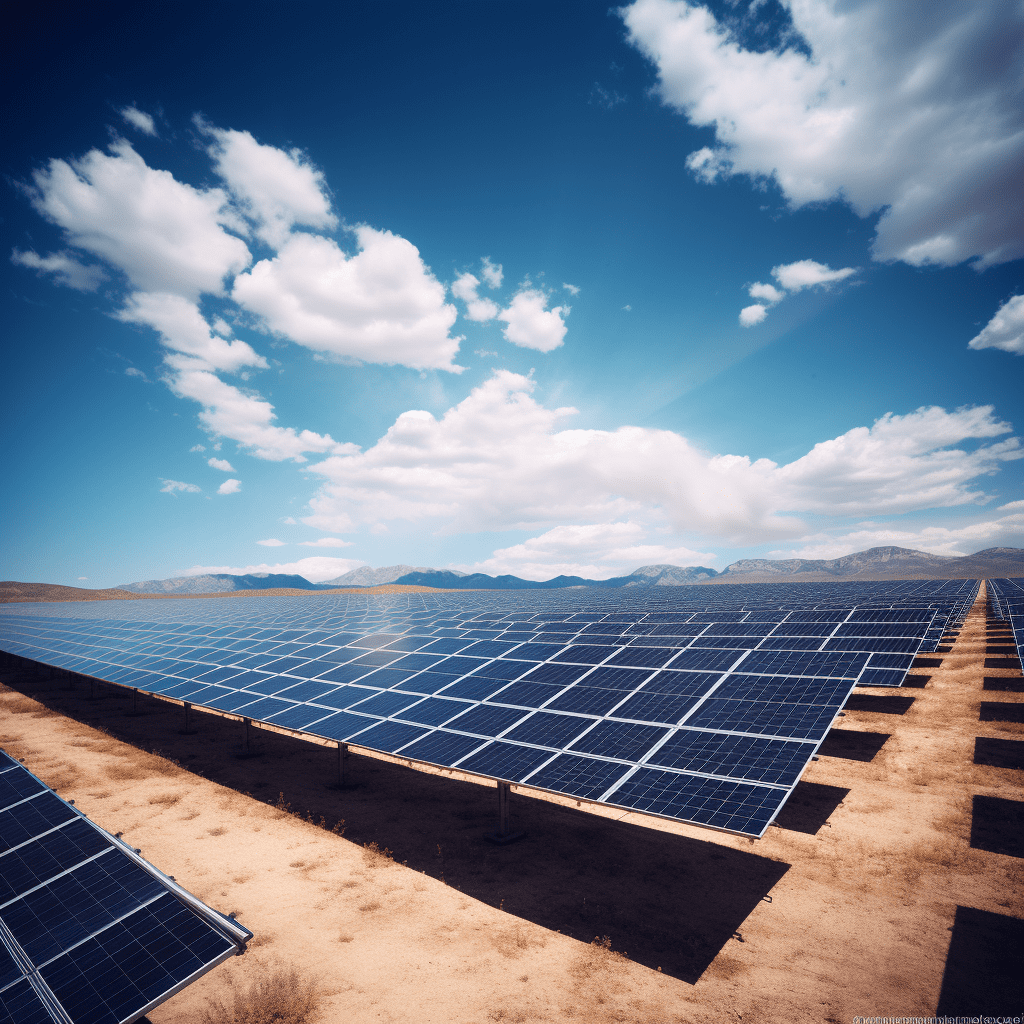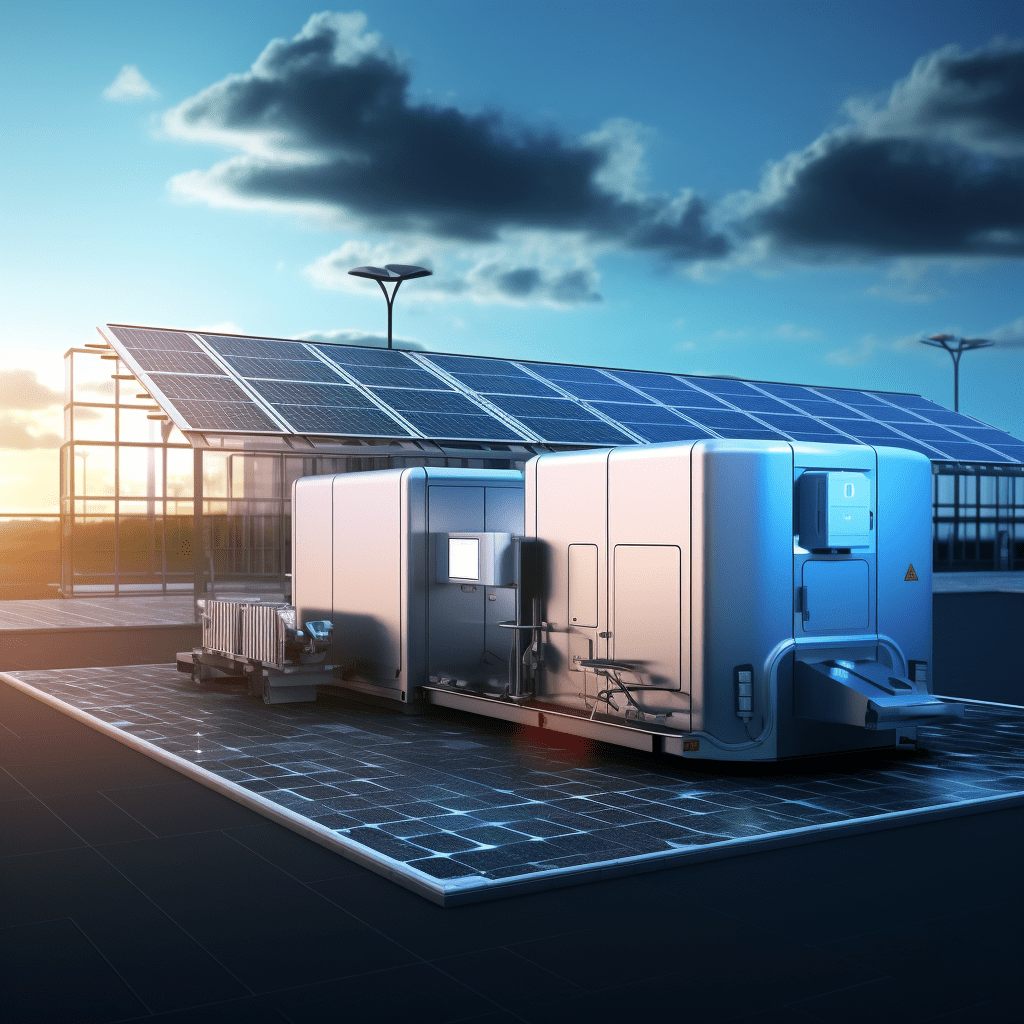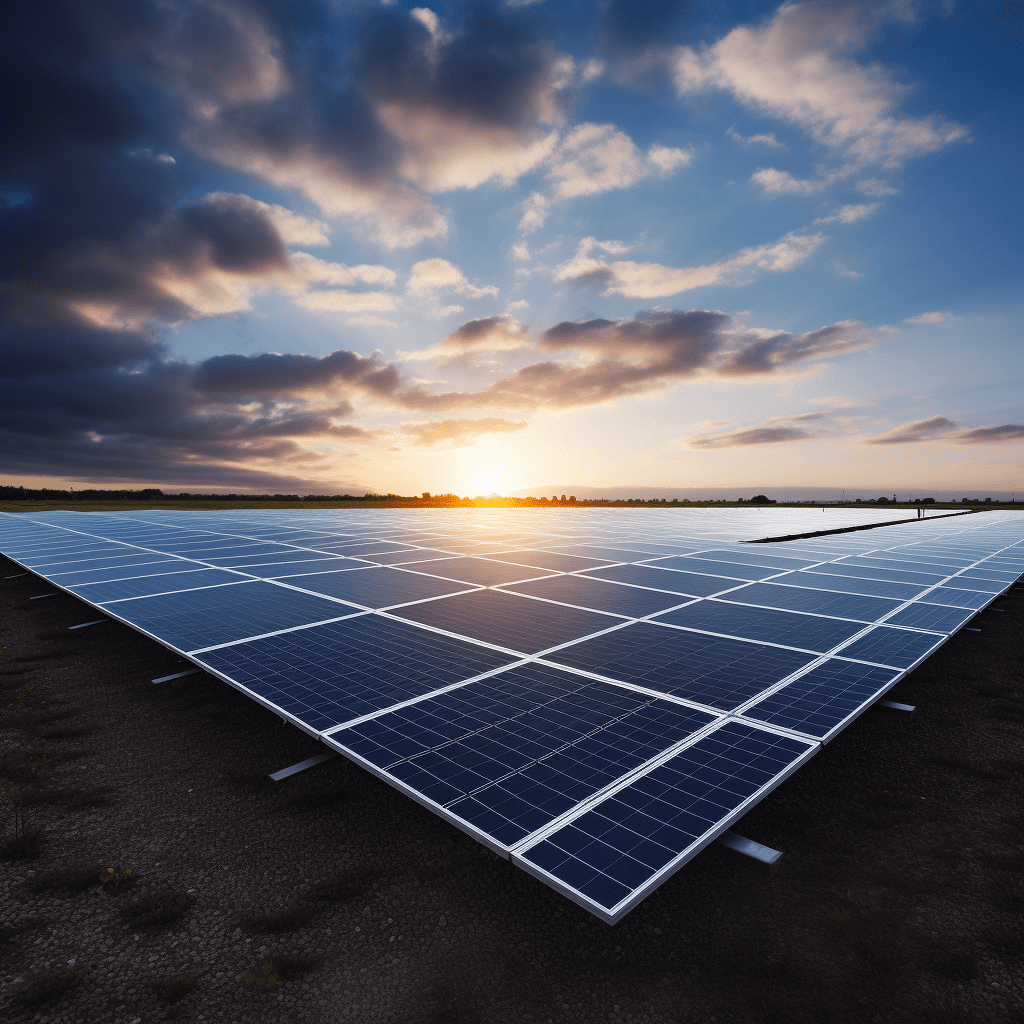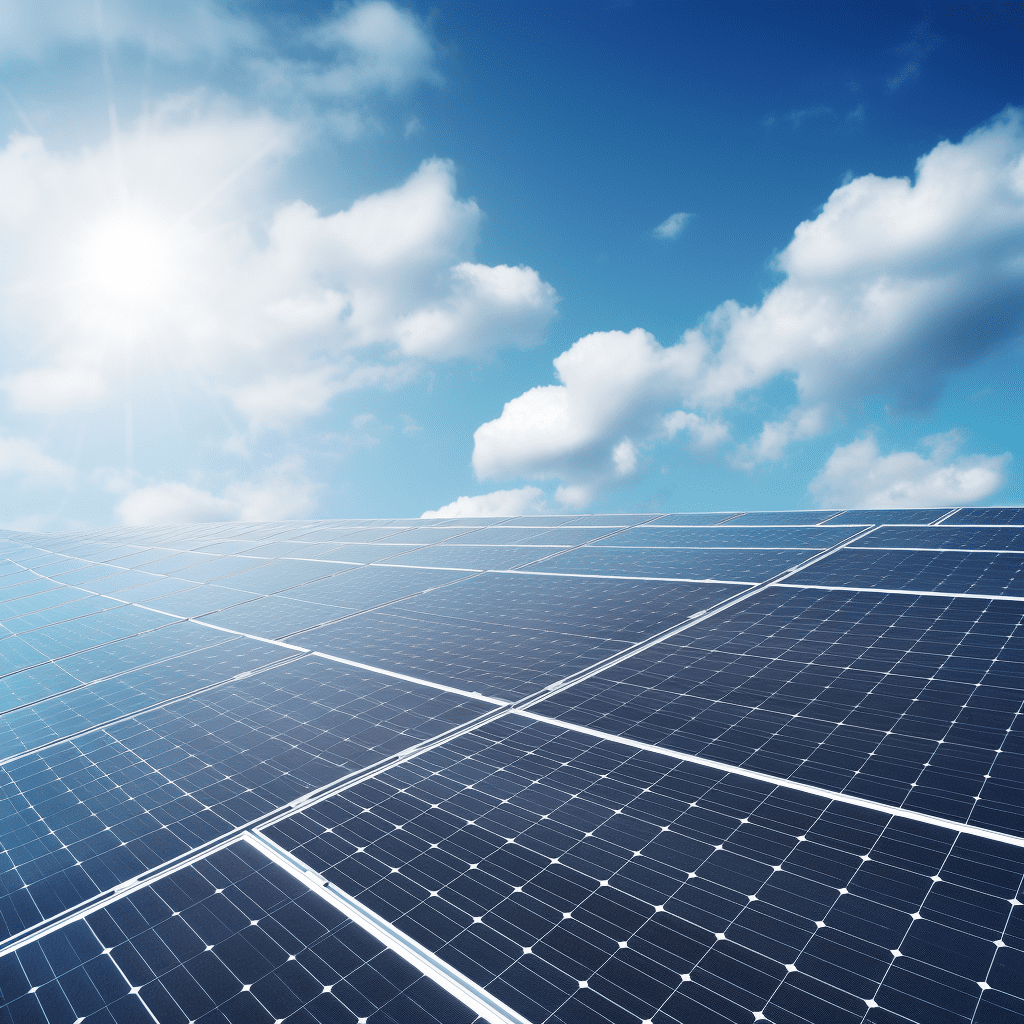In an era where sustainable energy solutions are becoming increasingly essential, the ability to quickly build a mobile 48V solar power system offers both flexibility and independence. Whether you’re an avid traveler, an off-grid enthusiast, or simply seeking an alternative energy source for your cabin or home, this comprehensive guide by Redway Battery provides everything you need to harness the sun’s power efficiently. By utilizing LiFePO4 batteries, known for their enhanced safety, longer lifespan, high energy density, and fast charging capabilities, we will walk you through a streamlined process to set up your own solar power system in just 15 minutes.
Why Choose a 48V Solar Power System?
A 48V solar power system is increasingly favored over lower voltage systems due to several key advantages:
- Higher Efficiency: A 48V system can carry more power with less loss over long distances compared to 12V systems.
- Reduced Wiring Costs: Because it operates at a higher voltage, it requires less current, which reduces the size and cost of wiring.
- Improved Performance: The higher voltage system is better suited for high-power applications, such as running multiple devices simultaneously.
Understanding LiFePO4 Batteries
When building a solar power system, selecting the right battery is crucial. LiFePO4 (Lithium Iron Phosphate) batteries offer numerous benefits:
- Enhanced Safety: These batteries have a thermal stability that reduces the risk of fire and explosion.
- Longer Lifespan: With a typical cycle life of 2000-5000 cycles, LiFePO4 batteries outlast many other battery types.
- High Energy Density: They store more energy per unit of weight, making them ideal for compact, mobile setups.
- Fast Charging Capabilities: LiFePO4 batteries can be recharged quickly, ensuring minimal downtime.
Essential Materials for Your 48V Solar Power System
Before starting assembly, gather the following materials:
- 48V Solar Panel(s): Choose panels that match your energy needs and space constraints.
- 48V LiFePO4 Battery: Ensure it has sufficient capacity for your usage requirements.
- Charge Controller: A 48V MPPT (Maximum Power Point Tracking) controller is recommended for optimal efficiency.
- Inverter: A 48V inverter will convert DC power to AC power for household appliances.
- Battery Management System (BMS): This will protect your battery from overcharging and over-discharging.
- Wiring and Connectors: Use high-quality, appropriately rated cables to handle the current.
- Mounting Equipment: Depending on your setup, you may need brackets, bolts, and other hardware.
Step-by-Step Assembly Guide
1. Mounting the Solar Panels
Start by securely mounting your solar panels. Ensure they are placed at an angle that maximizes exposure to the sun. Use appropriate brackets and fixings to attach the panels to your vehicle, cabin, or other mounting surfaces.
2. Connecting the Charge Controller
The charge controller is crucial for regulating the power from the solar panels to the battery. Connect the positive and negative terminals of the solar panel to the corresponding inputs on the charge controller. Ensure the connections are tight and secure to prevent any power loss.
3. Wiring the Battery
Connect the charge controller’s output terminals to the battery terminals. It is essential to match the positive and negative connections correctly to avoid any electrical issues.
4. Installing the Battery Management System (BMS)
Attach the BMS to the LiFePO4 battery according to the manufacturer’s instructions. The BMS will help regulate the battery’s charge and discharge cycles, ensuring its longevity and safety.
5. Connecting the Inverter
Connect the inverter to the battery terminals, ensuring that the connections are correctly aligned. The inverter will convert the DC power from the battery into AC power for your devices. Ensure that the inverter’s power rating matches your expected load.
6. Final Checks and Testing
Before powering up the system, double-check all connections for security and correctness. Turn on the charge controller and inverter, and monitor the system to ensure everything is functioning correctly. Check the solar panel output and battery charge levels to verify the system’s performance.
Optimizing Your Mobile Solar Power System
To maximize the efficiency of your solar power system:
- Regular Maintenance: Clean the solar panels regularly to remove dust and debris that can block sunlight.
- Monitor Performance: Use a solar power monitoring app or device to track system performance and battery health.
- Energy Management: Be mindful of your energy consumption and manage it to extend battery life and system efficiency.
Applications for Your 48V Solar Power System
A well-assembled 48V solar power system is versatile and can be used in various settings:
- RVs and Vans: Perfect for powering appliances and electronics during travels.
- Cabins: Provides a reliable energy source for remote cabins.
- Homes: Acts as an auxiliary power source, reducing reliance on the grid.
- Off-Grid Locations: Ideal for areas without access to traditional power sources.
Conclusion
Building a mobile 48V solar power system is a practical and efficient way to achieve energy independence while reducing your carbon footprint. By leveraging LiFePO4 batteries and following the detailed steps provided in this guide, you can quickly assemble a powerful and reliable solar power solution. Start your journey towards sustainable energy with the confidence that you have a robust and efficient system at your disposal.


